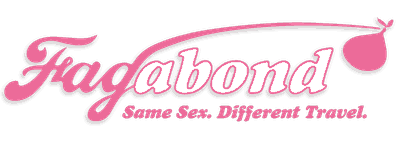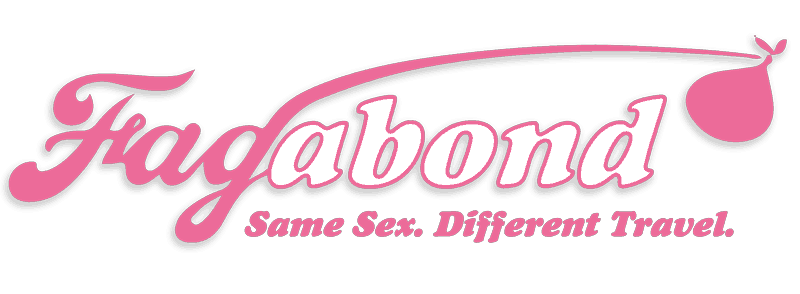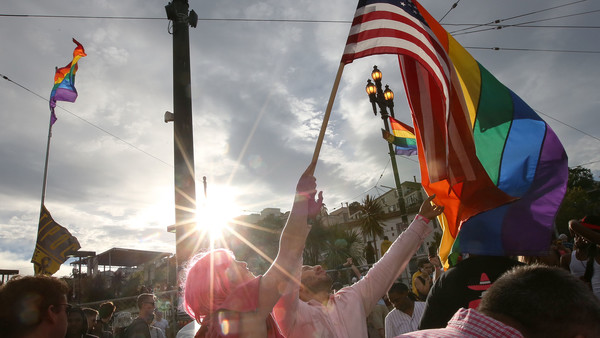“I think the 1880s must have been an ideal time, with brothels full of off-duty soldiers, and luscious young dukes chasing after barrow-boys.” So says an elderly gay aristocrat, dreaming of Victorian London in The Swimming-Pool Library, Alan Hollinghurst’s debut novel. Lord Nantwich’s tone — nostalgic yet egalitarian and erotic — is heard across many cities today as neighbourhoods renowned for their brave, salacious gay pasts succumb, for reasons good and bad, to the 21st century. The struggle, in one aspect at least, is between homosexuality and homogeneity.
Even if the word “gaybourhood” only goes back to 1995, there have long been urban areas associated with a strong LGBT presence. Matt Houlbrook, professor of cultural studies at the University of Birmingham, identifies Bayswater between the wars and Notting Hill and Soho after 1945 as queer neighbourhoods of London.




